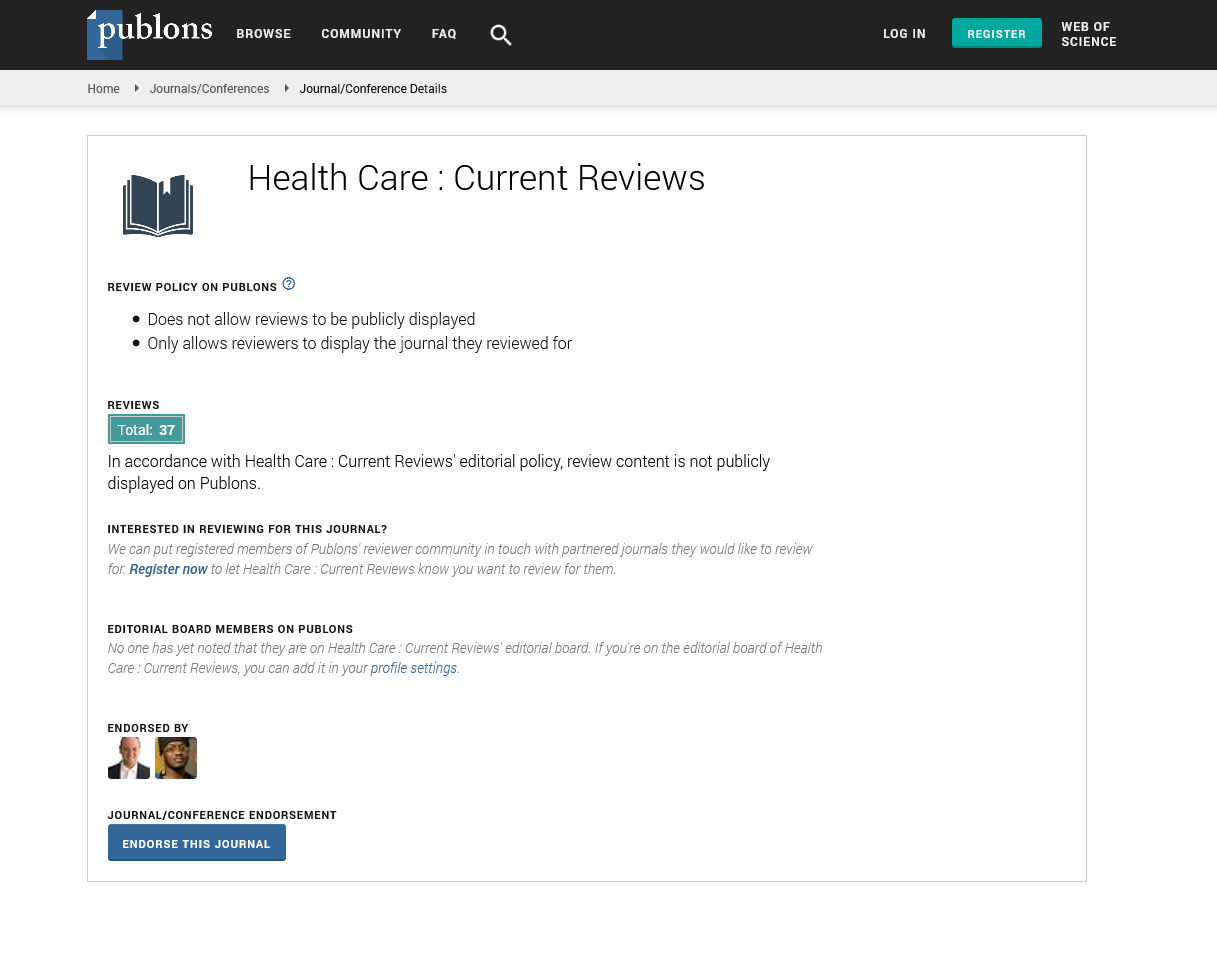PMC/PubMed Indexed Articles
Indexed In
- Open J Gate
- Academic Keys
- RefSeek
- Hamdard University
- EBSCO A-Z
- Publons
- Geneva Foundation for Medical Education and Research
- Google Scholar
Useful Links
Share This Page
Journal Flyer

Open Access Journals
- Agri and Aquaculture
- Biochemistry
- Bioinformatics & Systems Biology
- Business & Management
- Chemistry
- Clinical Sciences
- Engineering
- Food & Nutrition
- General Science
- Genetics & Molecular Biology
- Immunology & Microbiology
- Medical Sciences
- Neuroscience & Psychology
- Nursing & Health Care
- Pharmaceutical Sciences
Abstract
HIV Awareness in Bujumbura: Are People with Disabilities Falling through the Cracks?
Loic Nsabimana* and Gervais Beninguisse
This article examines the levels of HIV knowledge among individuals with disabilities compared to their counterparts without disabilities in Bujumbura, as well as individual and environmental factors influencing HIV knowledge acquisition. Data were sourced from the HandiSSR survey, conducted between 2017 and 2018, using stratified random sampling of 600 participants with disabilities and 600 without disabilities (serving as a control group). The data analysis proceeded in two stages: First, Chi-square tests assessed the bivariate associations between HIV knowledge levels and disability status, controlling for various sociodemographic variables. Then, binary logistic regression was used to identify predictive factors for low HIV knowledge. The results indicate that individuals with disabilities are 2.2 times more likely to have significantly lower levels of HIV knowledge compared to those without disabilities, revealing a marked disparity in access to HIV information. The analysis identifies age, education level, and economic activity as critical variables impacting these knowledge levels. These findings highlight that, even 40 yrs after the start of the global response to HIV, prevention programs remain largely inadequate and insufficiently inclusive of the specific needs of people with disabilities. This persistent inadequacy severely undermines the effectiveness of HIV prevention strategies. Integrating these findings into existing theoretical frameworks, such as Bandura's theory of self-efficacy, demonstrates a real risk of sustaining HIV transmission hotspots within populations with disabilities, thereby compromising global and national efforts to eliminate this disease by 2030.
Published Date: 2024-10-09; Received Date: 2024-09-04

